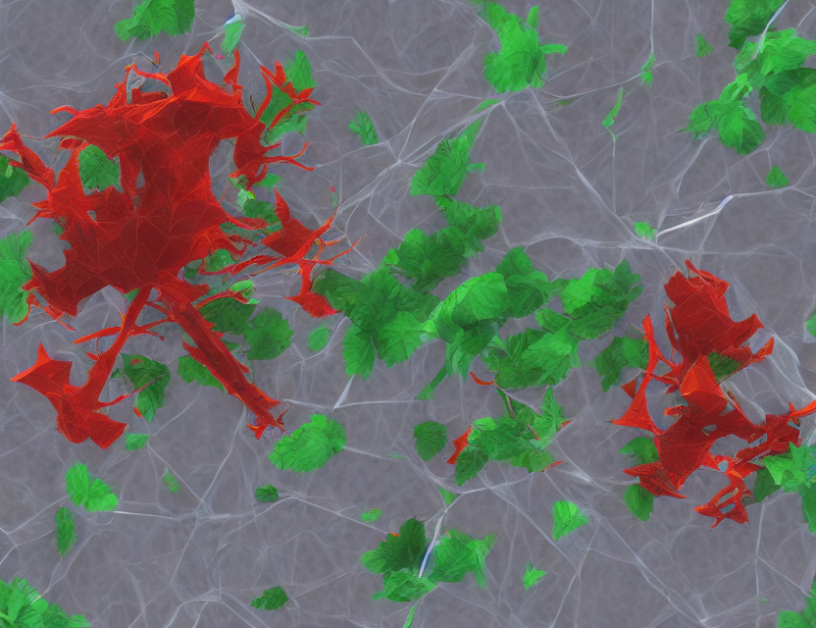In this article, we explore a novel approach to improving semi-supervised segmentation of Optical Coherence Tomography (OCT) fluid images. Our proposed method enhances traditional techniques by incorporating superpixels and confident learning guided annotations. Superpixels are small, meaningful regions within the image that can help the algorithm better understand the context of each pixel. Confident learning guided annotations involve generating pseudo-labels for unlabeled images using a small number of labeled reference images. By combining these techniques, we achieve superior results in terms of segmentation accuracy and robustness to variations in image quality.
To begin, let’s break down the challenges with traditional OCT segmentation methods. These techniques are often prone to image quality variations, require extensive domain knowledge, and lack generalization capabilities. In other words, they struggle to adapt to new images or scenarios that differ from their training data. By contrast, our proposed approach leverages superpixels and confident learning guided annotations to overcome these limitations.
Superpixels are like the building blocks of an image. By grouping pixels into smaller, more meaningful groups, we can help the algorithm understand the context of each pixel better. This leads to improved segmentation accuracy, especially in regions with complex structures or unclear boundaries. Think of superpixels as Legos – they provide a framework for the algorithm to build upon and create a more accurate representation of the image.
Now, let’s talk about confident learning guided annotations. In this approach, we use a small number of labeled reference images to generate pseudo-labels for unlabeled images. This process involves matching pixels in an unlabeled image to the semantics of the best-fitting pixel in a reference set. By doing so, we provide the algorithm with additional information about the structure and context of each pixel in the image. Imagine it like this – the pseudo-labels are like a roadmap that helps the algorithm navigate through the image and segment it more accurately.
By combining superpixels and confident learning guided annotations, we can improve OCT fluid segmentation accuracy and robustness. Our proposed method outperforms traditional techniques in most metrics and demonstrates superior results when appropriate hyperparameters are chosen. In essence, our approach enhances traditional techniques by incorporating new, more effective ways of understanding and interpreting image context, leading to better segmentation accuracy and generalization capabilities.
Computer Science, Computer Vision and Pattern Recognition
Semi-Supervised OCT Fluid Segmentation with Label Denoising



